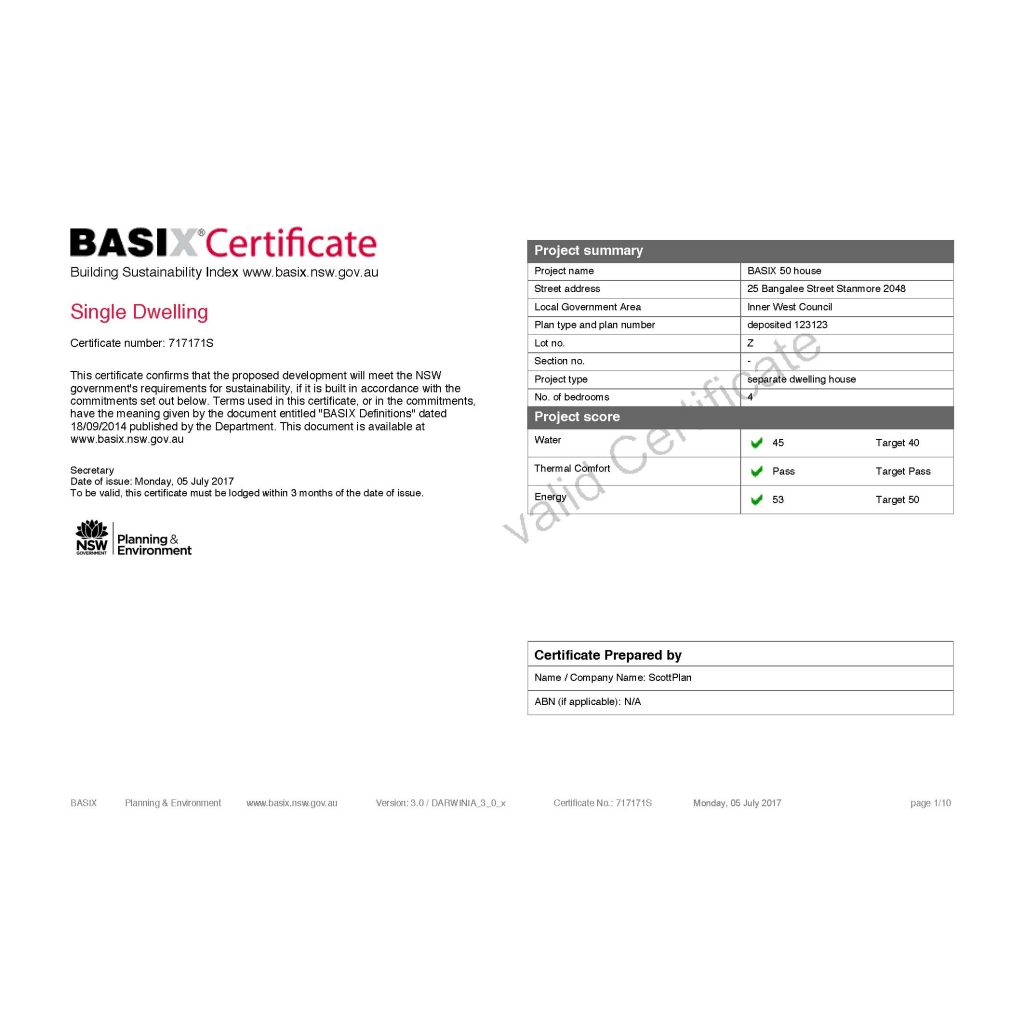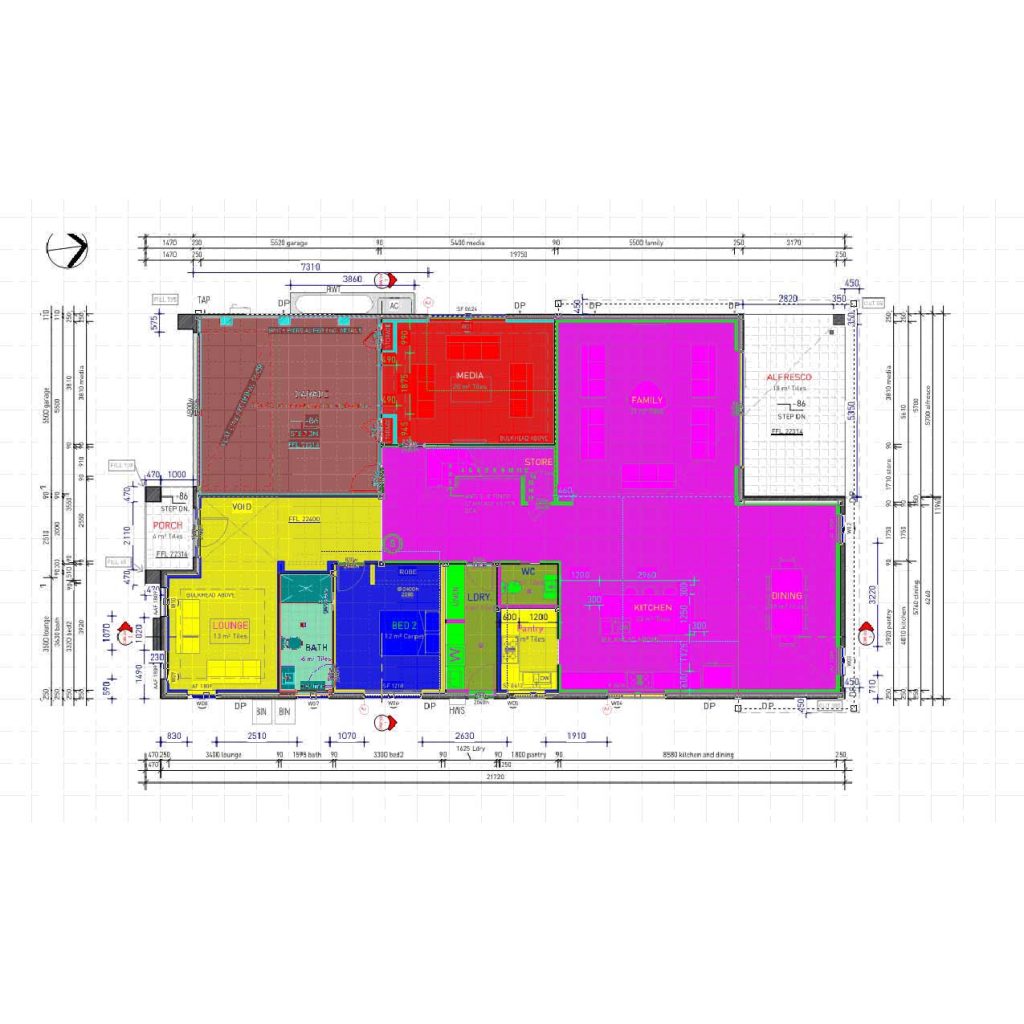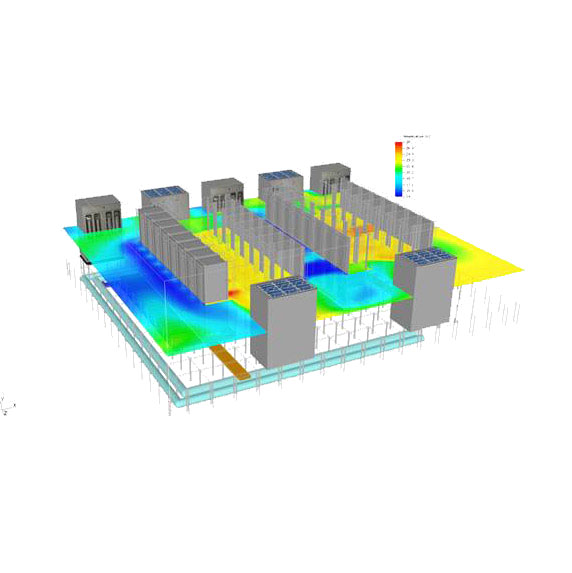Sustainability Is Designing For The Future
Buildings account for almost a quater of Australia’s greenhouse gas emissions. By improving building efficiency even slightly, can have a large impact in helping Australia reach it’s climate change obligations under the 2030 Kyoto protocol goals.
Dural Group focuses on optimising proposed designs through energy, water and thermal simulations. From simple, online calculators such as the BASIX tool to complex computational fluid dynamics, through simulation we assess the viability of a range of building elements such as material choices against past historical data, reference buildings and relevant building codes.
In order to help Australian sustainability for the long run, we specialise in regulatory building assessments such as BASIX certificates, NatHERS and Section J Reports, all of which add tremendous value to designs and help reduce operating costs over a lifecycle.

BASIX Certificate
- A certificate that represents the project has passed energy, thermal and water usage benchmarks
- Only performed in NSW
- Completed using the BASIX online tool or an accredited NatHERS assessor for more complex projects
- Needed for all new residential developments and large alterations and additions

NatHERS Assessment
- The thermal component of the BASIX
- Provides a star rating out of 10 by modelling heating and cooling requirements
- Only performed by an accredited assessor
- Required in new residential projects Australia wide unlike the BASIX

Section J
- Provides thermal energy targets to be met by the project
- Required for all class 2-9 buildings
- Compliance can be shown by the ‘deemed to satisfy’ or ‘alternative solution’ method.
- Completed before the development application (DA) submission

JV3 Alternative Solution
- An alternative method of showing compliance with the Section J of the BCA
- Used in complex or unique buildings
- Assesses the project building by comparing its performance loads to an existing reference building
- Produces more accurate results with lower operating costs
- Needed for class 2-9 buildings
How long are the turnaround times?
At Dural we aim to work as efficiently as possible, regardless of the customer’s size. Turnaround times vary by the type of work in question. For just a BASIX certificate (no NatHERS) you can expect a 1 day completion.
However, if the project requires NatHERS simulations the turnaround does increase. For instance a one storey suburban home can be modelled and completed in just under a few hours as they’re typically easier to pass without much change whereas a large duplex with lots of glazing might take a day or two as we work back and forth on alternative solutions with the client if the building is failing to pass as is.
From past experience, reports such as a Section J take anywhere from 7-14 days, depending on the complexity of the project however there are too many variables to provide an accurate guess without first seeing the plans.
What are the regulatory fees?
Many of the services listed have a government issued regulatory processing fee attached to it for administration on their part. These are often added to your final quoted fee and are indicated on the invoice for clarity. A general outline has been provided below however these are subject to change as the regulatory bodies decide.
BASIX
- Single Dwelling – upto $50
- Multi Dwelling – $80 for the first two dwellings + $35 for subsequent dwellings
- Residential Apartment – varies by the number of units
- Alterations and Additions – $25 for each dwelling
NatHERS
- BersPRO Assessment – $33
Section J
- Part of the development application fee
What are the benefits of a thermal simulation?
Aside from obvious regulatory compliance, making a project more sustainable through us helps reduce operating costs greatly. By first optimising your design through a NatHERS simulation, subsequent material choices and certificates become faster and cheaper to complete. For instance the BASIX certificate becomes quicker to complete as all large design flaws are quickly fixed. Over the course of a building’s life cycle these energy savings range in the ten’s of thousands for an average residential home. Oftentimes the projects we receive from architects ask for an engineer specification on a range of elements such as roof pitch, building envelope and insulation types. Without a thorough simulation, simply guessing or applying a ‘one size fits all’ approach either over spends with diminising performance returns or simply fails to pass the regulatory requirements. Our consultants specialise in striking the right balance between price and performance through years of experience.
How long are the certificates valid for?
Certificates and ratings do expire after a set period of time. With the BASIX certificate, you have a maximum of 3 months to complete your development application and have it processed otherwise becoming void. If the application passes, the BASIX is valid for the lifecycle of the dwelling.
On the other hand, BEEC’s are valid only for 12 months and must be renewed anually as they measure ‘as built’ performance rather than theoretical. The NABERS rating will also need to be renewed annually however the tenancy lighting assment can be valid for upto 5 years. The BEEC does not have to technically be renewed annually, only really at the point of sale.